Is Turkey in Europe or Asia? Unraveling the Geographical Conundrum
Turkey, with its rich history and cultural heritage, often sparks a debate when it comes to its geographical location. Situated at the crossroads of Europe and Asia, this transcontinental country is a unique blend of diverse influences. The question of whether Turkey is in Europe or Asia has intrigued geographers, historians, and curious minds alike. In this blog post, we will delve into the intricacies of Turkey's geographical positioning, explore the historical context, examine different perspectives, and ultimately shed light on this captivating enigma.
Geographical Positioning of Turkey: A Bridge between Continents
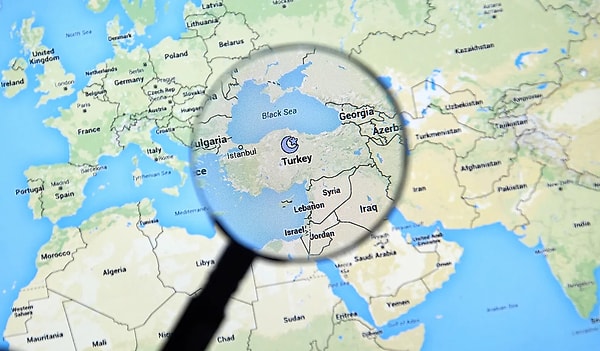
Turkey, officially known as the Republic of Turkey, occupies a significant landmass that spans both Europe and Asia. Geographically, it is located in Western Asia, bordered by eight countries and surrounded by three seas: the Mediterranean Sea to the south, the Aegean Sea to the west, and the Black Sea to the north. However, a portion of Turkey, known as Eastern Thrace, extends into southeastern Europe, further complicating the matter.
Historical Context: Tracing Turkey's Past
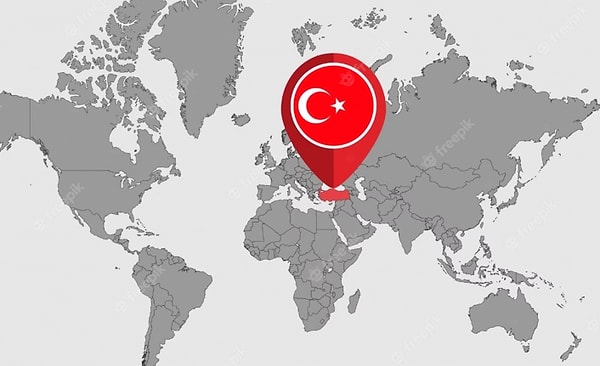
To understand Turkey's geographical conundrum, we must explore its historical context. Anatolia, the heartland of modern-day Turkey, has been inhabited by various civilizations throughout history, including the Hittites, Greeks, Romans, Byzantines, and Seljuks. The region served as a gateway between the East and the West, facilitating cultural exchanges and shaping its unique identity.
Europe and Asia: A Continental Divide
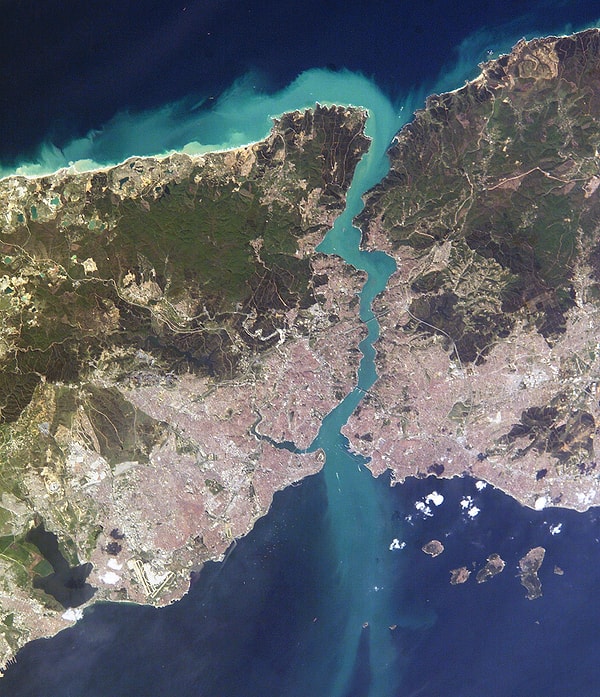
The classification of continents is not universally agreed upon, adding to the complexity of Turkey's placement. Traditionally, Europe and Asia are considered separate continents, divided by the Ural Mountains, the Ural River, the Caspian Sea, and the Caucasus Mountains. This conventional division places Turkey primarily in Asia, with a small portion in Europe. However, the concept of continents is more subjective than meets the eye.
The Bosporus: A Geographic Boundary or Connection?
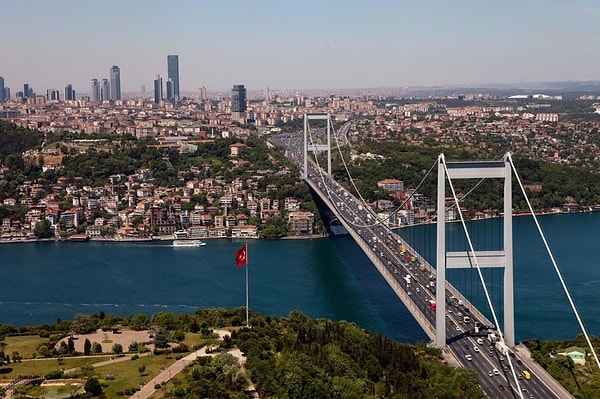
Central to the debate is the Bosporus, a narrow strait that separates Europe and Asia. Istanbul, Turkey's largest city, straddles both sides of the Bosporus, serving as a physical bridge between the two continents. This geographical feature has fueled discussions on Turkey's continental affiliation, with proponents of both Europe and Asia presenting their arguments.
European Perspective: Turkey's Cultural and Historical Ties

From a European perspective, Turkey's historical, cultural, and political connections with Europe are emphasized. The Byzantine Empire, with its capital in Constantinople (present-day Istanbul), thrived as a prominent European power. Additionally, Turkey's aspirations for European Union membership and its participation in European organizations contribute to the European outlook.
Asian Perspective: Turkey's Geographical Continuity

On the other hand, the Asian perspective emphasizes Turkey's geographical continuity with the Asian landmass. The majority of Turkey's territory lies in Asia, and its proximity to the Middle East and Central Asia strengthens its ties to the Asian continent.
Transcontinental Identity: Embracing Both Europe and Asia
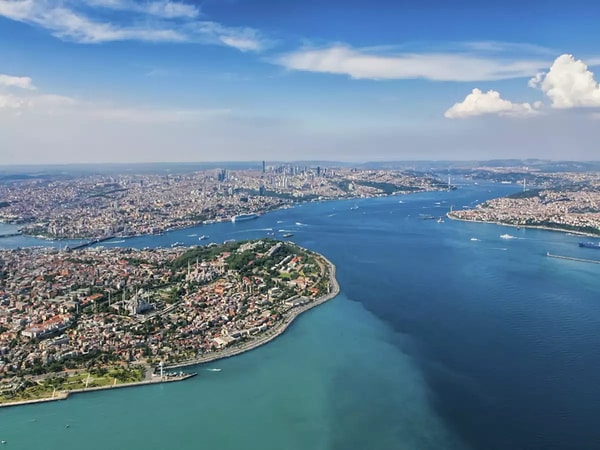
Rather than being confined to a single continent, Turkey takes pride in its transcontinental identity. Embracing its unique position, Turkey cherishes the cultural diversity and influences stemming from both Europe and Asia. This transcontinental character is evident in various aspects of Turkish society, including its language, cuisine, and traditions.
Turkey's Geographical Kaleidoscope

In conclusion, the question of whether Turkey is in Europe or Asia is not easily answered. Turkey's geographical location as a bridge between continents, coupled with its historical, cultural significance, and political dynamics, adds complexity to its classification. While geographically, the majority of Turkey is situated in Asia, the historical and cultural ties with Europe cannot be overlooked. The Bosporus strait, serving as a physical connection, further blurs the line between the two continents. Turkey's transcontinental identity allows it to embrace and draw from the rich diversity of both Europe and Asia.
Rather than focusing solely on the question of whether Turkey is in Europe or Asia, it is more fruitful to appreciate the intricate tapestry that defines the country. Turkey's unique geographical position has fostered a vibrant fusion of cultures, making it a captivating destination for exploration and discovery.
Did you know these facts about Turkey before? Tell us in the comments!
Keşfet ile ziyaret ettiğin tüm kategorileri tek akışta gör!


Send Comment